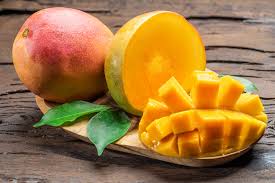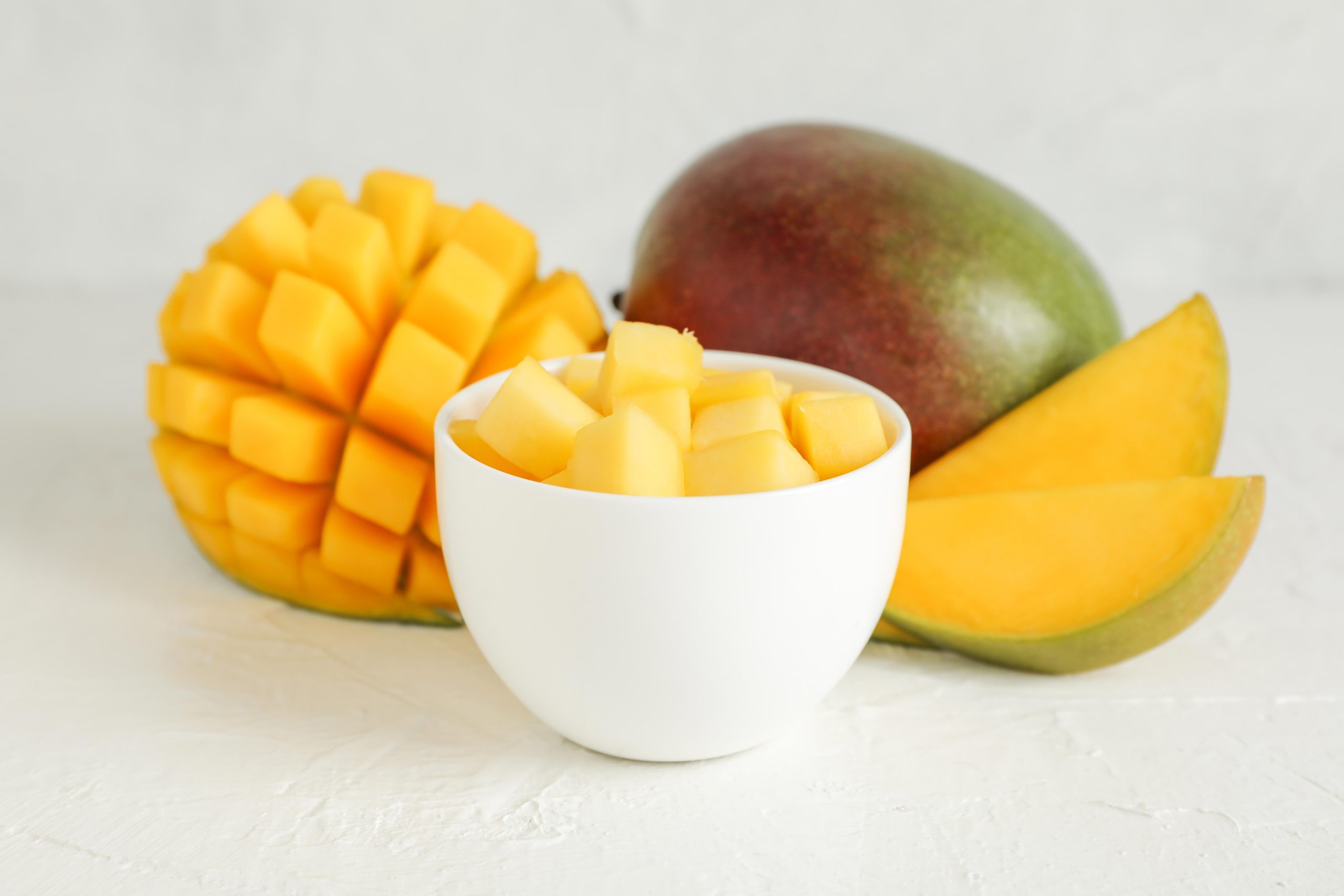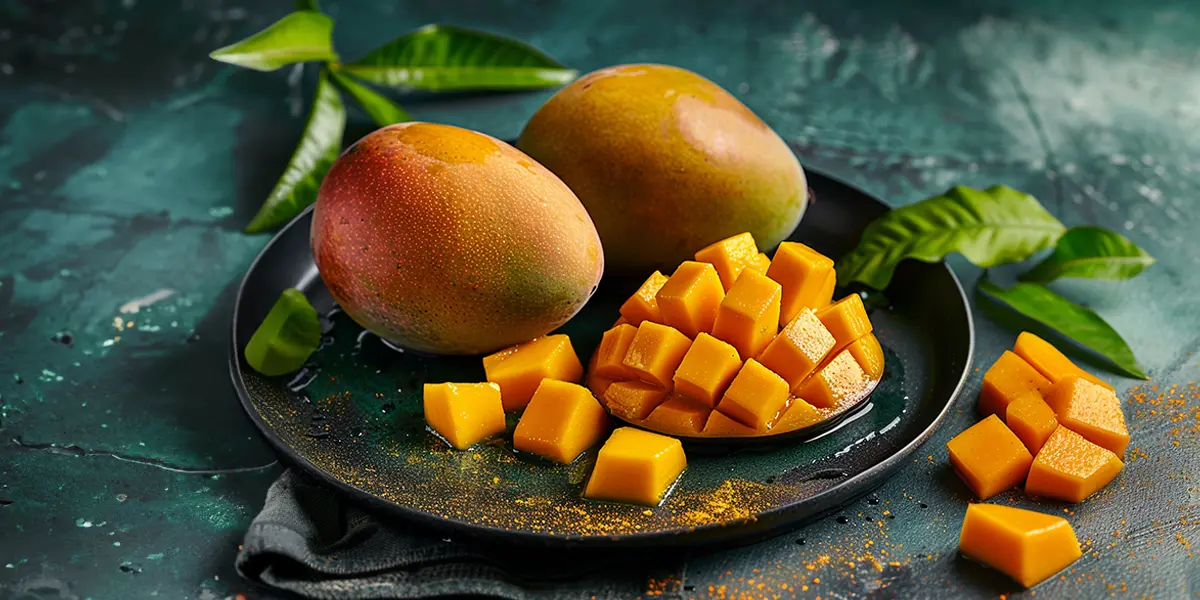1. Understanding Prediabetes and Its Growing Prevalence
2. The Nutritional Powerhouse: What Makes Mangoes Unique
3. Comparing Mangoes to Low-Sugar Snacks
4. Scientific Evidence Supporting Mangoes in Blood Sugar Management
5. Practical Ways to Incorporate Mangoes into a Prediabetes-Friendly Diet
Table of Contents
1. Understanding Prediabetes and Its Growing Prevalence
2. The Nutritional Powerhouse: What Makes Mangoes Unique
3. Comparing Mangoes to Low-Sugar Snacks
4. Scientific Evidence Supporting Mangoes in Blood Sugar Management
5. Practical Ways to Incorporate Mangoes into a Prediabetes-Friendly Diet
# 1. Understanding Prediabetes and Its Growing Prevalence
Prediabetes is a condition where blood glucose levels are higher than normal but not yet high enough to be diagnosed as type 2 diabetes. It's an alarming global health issue, affecting more than 1 in 3 adults in some countries, and many remain unaware of their condition. If left unchecked, prediabetes can progress into full-blown diabetes, increasing the risk of cardiovascular disease, nerve damage, and kidney failure. Lifestyle choices, especially diet, play a critical role in managing and reversing prediabetes. While the general dietary advice includes lowering sugar and refined carbohydrate intake, emerging research suggests that the **quality of carbohydrates**—rather than simply the quantity—might be a more effective approach. This has led to a shift in thinking about fruit consumption, particularly fruits like **mangoes**, which are often misunderstood in the context of blood sugar management.

# 2. The Nutritional Powerhouse: What Makes Mangoes Unique
Mangoes are often dismissed in diabetic and prediabetic diets due to their natural sweetness. However, this perception overlooks the complex nutritional profile of mangoes. A single mango is rich in **dietary fiber**, **vitamin C**, **vitamin A**, **polyphenols**, and **bioactive compounds** such as mangiferin—a powerful antioxidant shown to have anti-inflammatory and anti-diabetic properties. Unlike processed low-sugar snacks, which often rely on artificial sweeteners and additives, mangoes provide natural sugars accompanied by fiber, which slows the absorption of glucose into the bloodstream. This natural fiber helps moderate post-meal blood sugar spikes. Additionally, mangoes have a **low glycemic index (GI)** when eaten in whole form and moderate quantities, making them suitable for blood sugar management. Their antioxidant content may also support insulin sensitivity and reduce oxidative stress, both of which are key in preventing the progression from prediabetes to type 2 diabetes.

# 3. Comparing Mangoes to Low-Sugar Snacks
Low-sugar snacks, such as protein bars, diet cookies, and sugar-free treats, are marketed as diabetic-friendly, but their actual health value is often questionable. Many of these snacks contain **refined carbohydrates**, **sugar alcohols**, and **artificial sweeteners** that can have unpredictable effects on gut health and insulin response. In contrast, mangoes are a **whole-food alternative** that provides essential nutrients without the synthetic additives. While low-sugar snacks aim to reduce glucose impact, they may fail to offer long-term metabolic benefits due to their **low satiety**, **lack of micronutrients**, and **ultra-processed nature**. Mangoes, on the other hand, promote fullness, supply important vitamins and minerals, and encourage healthier long-term eating patterns. According to a 2023 comparative dietary study, individuals who substituted one daily low-sugar snack with a serving of mango showed improved **fasting blood glucose** levels and **better insulin sensitivity** over an 8-week period.

# 4. Scientific Evidence Supporting Mangoes in Blood Sugar Management
Recent studies have strengthened the case for including mangoes in a prediabetic diet. In a 2022 clinical trial published in the *Journal of Nutrition and Metabolic Health*, participants with elevated blood glucose levels were divided into two groups: one consuming a daily serving of fresh mango, and the other consuming a low-sugar commercial snack. After 12 weeks, the mango group exhibited a **9% reduction in HbA1c levels**—a long-term marker of blood glucose—compared to just 3% in the low-sugar snack group. Moreover, mango consumption was associated with decreased levels of **C-reactive protein**, a marker of inflammation. The researchers attributed these effects to mangiferin and other polyphenols that promote insulin signaling and reduce cellular stress. These findings challenge the traditional advice to avoid sweet fruits and point to the **functional properties** of whole fruits in metabolic health management. It also suggests a paradigm shift: not all sugars are created equal, and **context matters** when evaluating their health impacts.

# 5. Practical Ways to Incorporate Mangoes into a Prediabetes-Friendly Diet
Incorporating mangoes into a prediabetic diet requires mindful portioning and pairing with protein or healthy fats to stabilize blood sugar response. A typical serving size of about **1/2 to 1 cup of diced mango** offers sufficient benefits without overloading on natural sugars. Ideal ways to enjoy mango include blending it into **smoothies with Greek yogurt**, adding it to **salads with grilled chicken or quinoa**, or eating it as a **standalone snack** with a handful of nuts. Timing also matters—consuming mangoes during **daylight hours** when the body's insulin sensitivity is higher can optimize glucose utilization. It’s also wise to avoid processed mango products like dried mangoes with added sugars or canned versions in syrup, which can negate the fruit’s natural health benefits. In essence, enjoying mangoes as part of a balanced, whole-food diet can be both safe and beneficial for individuals managing prediabetes.




You must be logged in to post a comment.